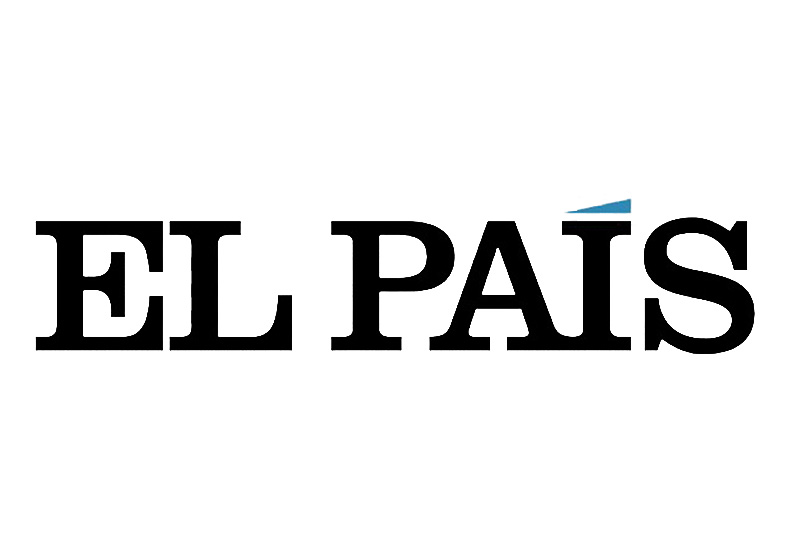Table of Contents
It is Spain’s bestselling non-sports daily. Founded at the fall Franco regime in 1976, it gave voice to the clamour for change sweeping the nation after years of dictatorship.
But it wasn’t until the attempted coup of 23 February 1981 that El País truly cemented its status as the standard bearer for Spain’s progressive movement: on that day, the paper courageously published a special edition – with the headline “El País, con la Constitución” – calling on Spaniards to take to the streets to defend democracy.

El País is the Spanish newspaper that has chronicled decades of rapid and profound social and economic change in the country. But since changing hands in 2013, its political slant has shifted away from left-wing progressivism towards a more liberal centrist stance.

Like most modern newspapers, El País produces a slew of supplements and magazines – 11 of them in fact – all of which share the same design language.
Let’s zoom in further on El País‘s visual identity.


Tradition and restraint
El País was originally published in a slightly shorter than usual tabloid format (410 x 280 mm). It made retrained use of images and arranged text in a conventional five-column layout. And until a makeover in the noughties, the font was as traditional as it gets: Times Roman.

Photos were printed in black and white – and never too big – until the turn of the millennium. With the switch to CMYK printing came the coloured boxes that were already a familiar sight in many papers around the world.
One thing has, however, remained unchanged: the iconic masthead typeset in black Clarendon and centred at the top of the page; the paper has so far resisted the temptation to fill the spaces either side of the masthead with advertising, unlike many of its European peers.
Inside, there is measured use of photos and infographics, which always support – but never upstage – the story.
El logo histórico, que ha permanecido inalterado, fue creado con la tipografía Clarendon en color negro y en el centro de la página; nunca cedieron al uso publicitario de los espacios en blanco a los lados de la cabecera, como han hecho otros periódicos europeos (por ejemplo, Repubblica en Italia).
Con respecto a las páginas internas, la sobriedad se manifiesta en el uso de fotografías e infografías funcionales para la noticia pero sin llegar a eclipsarla.




A makeover for the digital age
In 2015, El País embarked on an extensive redesign to bring the print edition’s visual identity in line with the digital version, which had become a sort of online news hub. It was among the first European dailies to do so, a testament to the paper’s far-sightedness and desire to innovate.

The makeover organised content more clearly and made navigation more user-friendly: modern newspaper design is no longer about cramming the page with as many column inches as possible; it’s about telling stories with words and images in a way that engages readers in a world where attention spans are shorter than ever.
The most noticeable change was in the typeface used, switching from an elegant serifed Majerit to a more modern sans serif Benton, a less stern font with a distinctive lowercase design.

More change was to come at the beginning of 2024 when creative director Diego Areso unveiled a fresh new look for the newspaper and its supplements. Perhaps most noteworthy was the return to a serifed font. Designed to improve legibility, the new typeface, Majrit Text, is an updated version of Majrit, the bespoke font created for the paper by Portuguese typographer Mario Feliciano in 2018.
In commissioning a custom font, El País showed it values originality and legibility, and understands that the main purpose of any newspaper is to present the news in as clear and comprehensible a way possible.


The world’s most-read Spanish-language newspaper
With over 11 million unique visitors every month, El País is the most visited Spanish-language newspaper website in the world, ahead of El Mundo (also from Spain) and Argentina’s Clarin (1).
Despite the decades-long crisis in print media, El País continues to dominate Spain’s newspaper market and seemingly aspires to become a Spanish version of The New York Times. Yet changes in its ownership and political leaning have damaged the title’s standing with some readers.
But El País is still going strong and remains one of Europe’s most read dailies, thanks in no small part to sound graphic design that’s in step with the times.
Image sources:
https://elpais.com/
https://elpais.com/comunicacion/2024-02-04/el-pais-lanza-un-nuevo-diseno-mas-limpio-y-compacto.html#
https://direct-editeurs.fr/magazine/00512_el-pais-esp_213
https://www.portadasdeelpais.com
http://www.oscarmarine.com/proyecto.php?id=25
Makevoer images: https://www.clasesdeperiodismo.com/2015/05/11/asi-es-el-rediseno-del-diario-el-pais/
Note
1) Source : https://www.itagnol.com/2016/01/el-pais-e-la-repubblica-compiono-40-anni-giornali/

